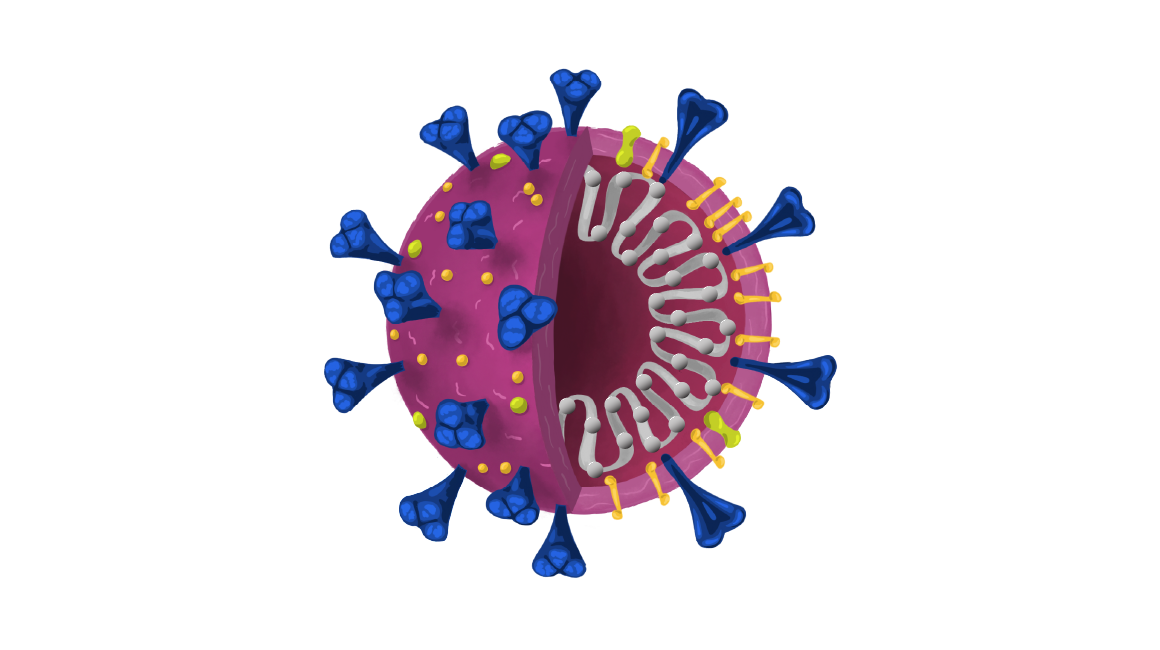Chang AS, Mazuera L, Gabel CV, Connor CW. Anesthesia isn't sleep: The neuronal dynamics of immobility in isoflurane-anesthetized C. elegans differ from the activity patterns of previously established sleep-like quiescent states. PLoS One. 2025;20(5):e0324
Abstract
Background: C. elegans possesses a precisely defined pattern of neuronal activation associated with its quiescent sleep-like state. As for higher-order creatures, this state includes the induction of atonia and immobility. In C. elegans, activation of the GABAergic neuron ALA directly inhibits AVE, a crucial command motor interneuron. By comparing this stereotypical pattern of activation to the activity seen within this neuronal circuit during anesthesia, we may determine if the atonia and immobility observed in anesthetized C. elegans is recruited via the same neuronal mechanism as in quiescence.
Methods: Neuronal activity in C. elegans, as measured by fluorescence intensity of the calcium-indicator GCaMP6s, was captured using light-sheet microscopy under exposure to increasing depths of isoflurane anesthesia (n = 20). Neuronal identities were determined using the NeuroPAL nuclear labeling system. The activity of neurons in the sleep atonia pathway were identified for analysis. Neuronal traces were differentiated, and signal coherence between traces were calculated as Pearson correlation coefficients. Differences among conditions were assessed using ANOVA.
Results: During quiescence, we observe the characteristically strong activation of ALA and RIS, with suppression of other neurons. In the awake animal, neuronal activity in ALA and AVE remains moderately negatively correlated (r = -0.286). However, isoflurane anesthesia in C. elegans does not result in an increase in the negative correlation between these two neurons: we observe a progressive loss and inversion of this baseline negative correlation, resulting in a significantly different positive correlation when deeply anesthetized (r = 0.229: p = 0.003, Type III ANOVA). In comparison, isoflurane anesthesia suppresses the positive correlation between AVE and a strongly-connected key member of the command motor interneuron circuit, AVA (p = 0.007, Type III ANOVA).
Conclusions: Immobility is a fundamental characteristic of both anesthesia and naturally occurring sleep-states. However, we show that, in C. elegans, immobility in the anesthetized state is not produced by activating the innate neurological mechanism of quiescence.

 Looking for clinical resources and information related to COVID-19? Visit the COVID-19 guide.
Looking for clinical resources and information related to COVID-19? Visit the COVID-19 guide. Got big ideas for this ANZCA resource guide? Why not become our advocate? Highlight valuable resources for college fellows and trainees while earning CPD hours!
Got big ideas for this ANZCA resource guide? Why not become our advocate? Highlight valuable resources for college fellows and trainees while earning CPD hours! Contact ANZCA Library for more info: library@anzca.edu.au
Contact ANZCA Library for more info: library@anzca.edu.au